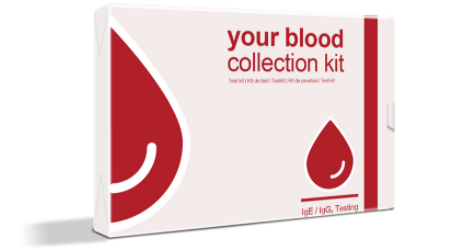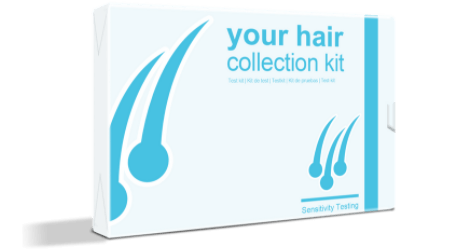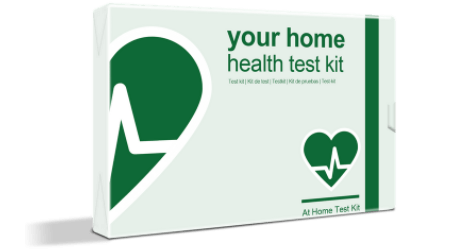With Summer in full swing so are our allergies! For many people in Australia with a pollen intolerance, August to March (or dry season in tropical areas) may be a difficult time. It is one of the most common causes of allergies in Australia. Pollen is a very fine powder produced by trees, flowers, grasses, and weeds to fertilise other plants of same species. At this time of year, there may be an increased amount in the air which may trigger symptoms such as:
- Nasal Congestion
- Sinus Pressure
- Runny nose
- Itchy, watery eyes
- Scratchy throat
- Cough
- Swollen skin beneath the eye
- Asthma
If you are experiencing any of these symptoms a test from Allergy Test Australia, can pinpoint which food or non-food item is the culprit or confirm that your body does have an intolerance to pollen. You can then take the right steps to living a healthier and happier life. Check out our Top Tips on how to keep your symptoms at bay this summer.
Top Tips for Reducing Pollen Exposure
- Dry your sheets, pillowcases and clothing indoors during peak times.
- Avoid being outdoors during the early morning or evenings when pollen is airborne due to a change in temperature, particularly on windy days.
- Spring clean your home to minimise allergens other than pollen such as dust mites, pet fur and pet saliva.
- Always shower, or wash your face and hands after being outdoors.
- Don’t mow the lawn and stay inside when it is being mown, if this is unavoidable why not wear a mask or take a non-drowsy antihistamine (if your doctor approves this, of course).
- Try to avoid going out after Thunderstorms, especially when pollen counts are high.
- Wear sunglasses to protect your eyes.
- When gardening, be mindful of the plants you buy and consider planting low allergen plants around your home.
- Keep your windows closed at home and in the car.
- Shower when you arrive home and rinse your eyes frequently with water.
We hope that these tips will help keep your symptoms at bay this summer and makes your life more comfortable. Information about pollen counts in Australia is available at www.pollenforecast.com.au


